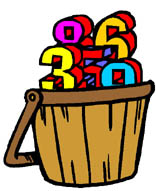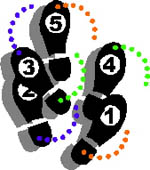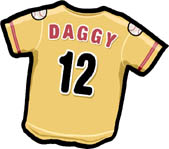What is number sense?
The term "number sense" is a relatively new one in mathematics education. It is difficult to define precisely, but broadly speaking, it refers to "a well organised conceptual framework of number information that enables a person to understand numbers and number relationships and to solve mathematical problems that are not bound by traditional algorithms" (Bobis, 1996). The National Council of Teachers (USA, 1989) identified five components that characterise number sense: number meaning, number relationships, number magnitude, operations involving numbers and referents for numbers and quantities. These skills are considered important because they contribute to general intuitions about numbers and lay the foundation for more advanced skills.
Researchers have linked good number sense with skills observed in students proficient in the following mathematical activities:
Researchers have linked good number sense with skills observed in students proficient in the following mathematical activities:
- mental calculation (Hope & Sherrill, 1987; Trafton, 1992);
- computational estimation (for example; Bobis, 1991; Case & Sowder, 1990);
- judging the relative magnitude of numbers (Sowder, 1988);
- recognising part-whole relationships and place value concepts (Fischer, 1990; Ross, 1989) and;
- problem solving (Cobb et.al., 1991).
Activities to promote number sense





